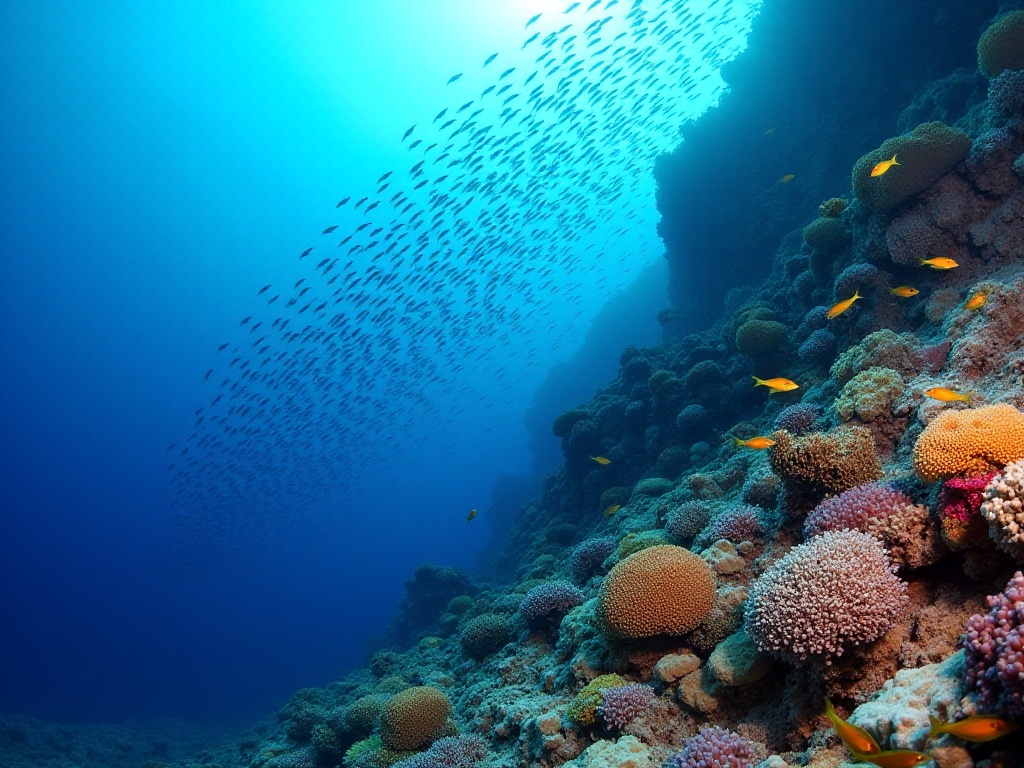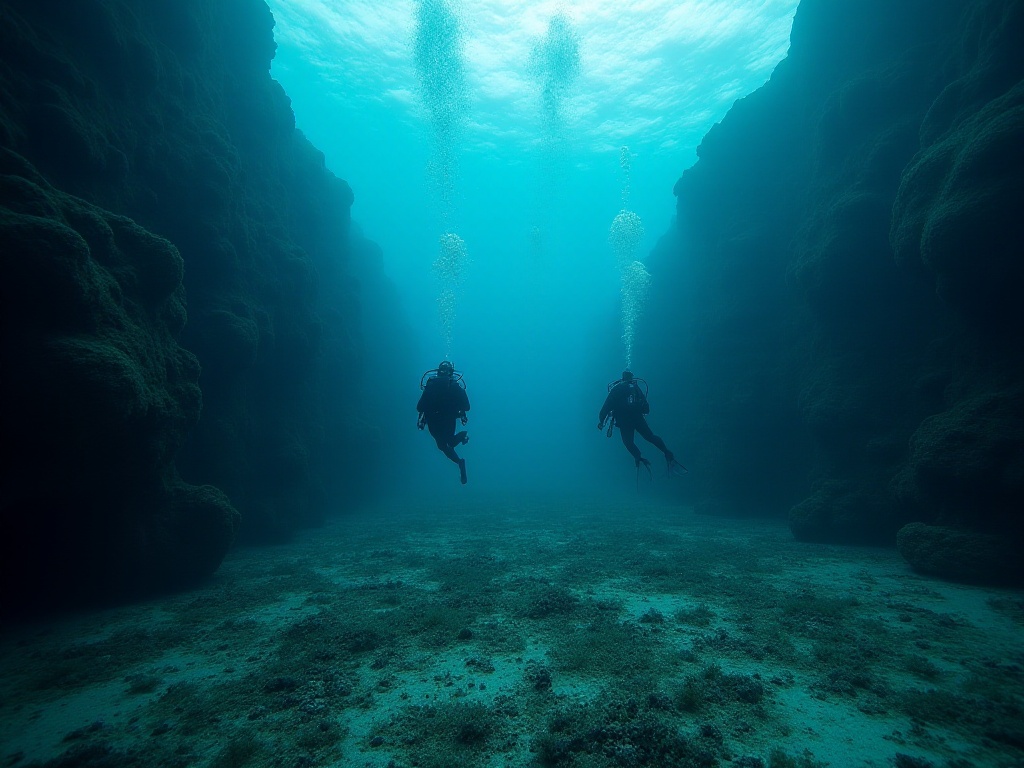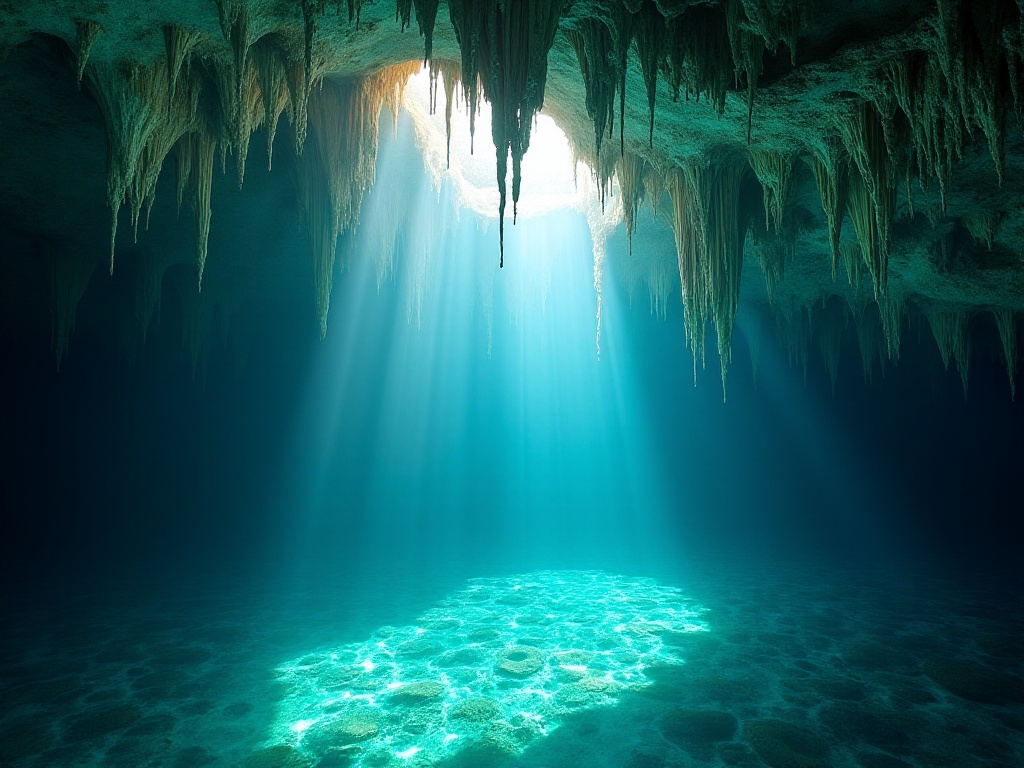Foreword
Hey, fellow diving enthusiasts! I'm Xiaoyu, a seasoned diver with 10 years of experience, and today I want to share my personal experiences at the world's top diving sites. Every time I think about diving at these places, I can't help but smile. The feeling of getting up close with marine life is truly intoxicating! The intimate connection with the ocean is addictive, just like falling in love, making it impossible to resist.
I still remember the nervousness and excitement of my first solo trip with my gear, feeling like a young man heading to his first date. Looking back, these ten years of diving have been like an exciting adventure movie, with each frame filled with surprises and touching moments. Come explore these breathtaking diving destinations with me!
Asia-Pacific Charm
Norman Reef in Australia's Great Barrier Reef is truly heaven-sent for diving enthusiasts! The water temperature is as comfortable as your bathtub, with visibility up to 30 meters, making the entire underwater world unfold before your eyes. The Great Barrier Reef is like a mega-city for marine life, home to over 1,500 fish species and 400 types of hard corals creating their colorful habitat.
I'll never forget the moment I encountered seven whitetip reef sharks there. I was cruising at 15 meters depth when suddenly these elegant predators passed right in front of me - my heart nearly stopped! Their swimming motion carried a regal presence while maintaining grace. At that moment, I truly understood what it meant to be "in the sea but feeling in heaven."
The best diving season is between November and April. The water temperature is particularly pleasant during this time, ranging from 26-29 degrees Celsius, and the coral spawning scene is breathtaking. Imagine, during a full moon night, millions of corals simultaneously releasing gametes, making the seawater look like pink snow - the scene is surreally beautiful.
Raja Ampat in Indonesia is literally an underwater museum of marine biodiversity. 75% of the world's known coral species make their home here, with over 1,400 fish species making it a true underwater paradise. Once while diving here, I encountered a pod of dolphins playing right beside me - that feeling was more exciting than winning the lottery!
At Batu Bolong in Komodo National Park, I experienced one of the most unforgettable moments of my life. The currents were a bit strong that day, but the visibility was exceptionally good. Suddenly, a group of over 50 manta rays glided gracefully overhead, their wings glinting silver in the sunlight like ballet-dancing spirits. At that moment, I felt like I wasn't diving but attending an underwater concert.
Apo Island in Dumaguete, Philippines, is absolutely a paradise for turtle lovers. The number of sea turtles here is astonishing - you can encounter 3-5 during each dive. They're not afraid of humans at all, sometimes even coming over for a scratch. Once, a large sea turtle was casually munching on seagrass right in front of me, looking so relaxed that I felt like I was the guest.
Another advantage of diving here is that the water temperature stays between 27-30 degrees year-round, so even a thin wetsuit is sufficient. Plus, there are plenty of dive sites - whether you're a beginner or an advanced diver, you'll find suitable spots. The shallow water coral gardens are colorful, while the deeper areas often feature large schools of fish, making it a comprehensive diving playground.
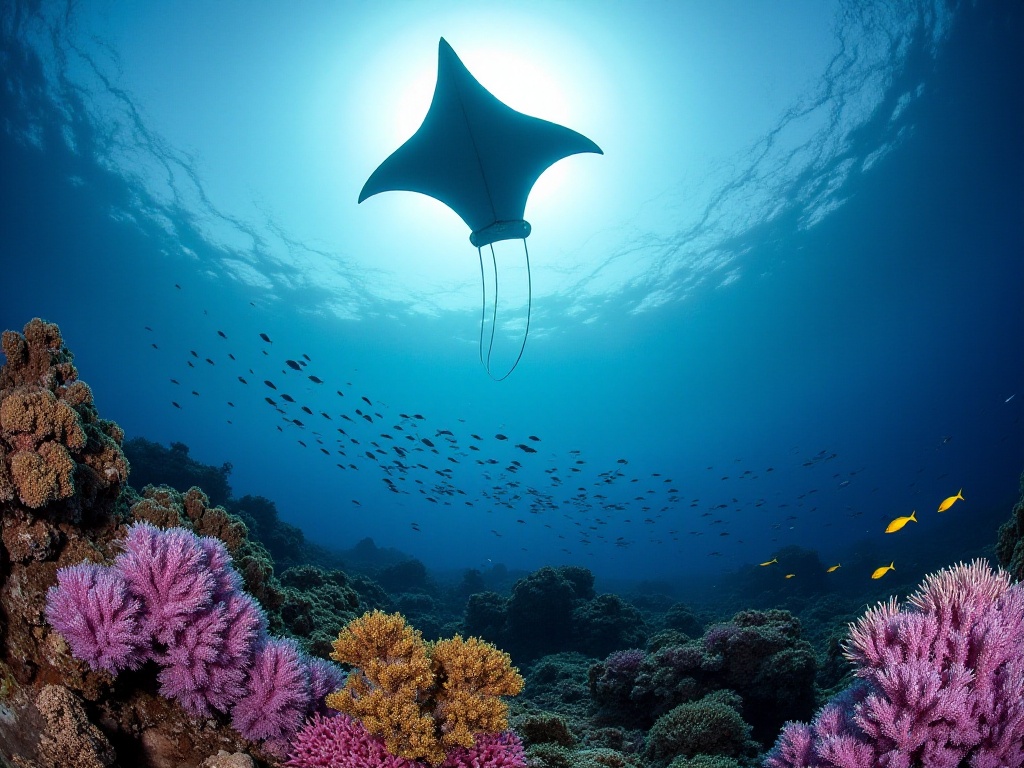
Indian Ocean Wonders
Night diving in the Maldives is one of the most dreamlike experiences in my diving career. In the Fesdhoo Lagoon of North Ari Atoll, moonlight filters through the water surface, casting silver rays, making the entire underwater world seem enchanted. That night, I had the fortune to dance with over a dozen manta rays, their silhouettes appearing and disappearing in the moonlight like elegant black swans dancing in the water.
The water temperature here stays around 28 degrees year-round, with visibility often exceeding 20 meters - it's truly a diving paradise created by God. At night, the corals emit fluorescence, which, combined with the moonlight, turns the entire seafloor into a huge neon light exhibition. Once, I encountered a group of bioluminescent plankton underwater, dancing with the current like fireflies in the sky - so beautiful it took my breath away.
The Maldives' marine life is also incredibly rich. Besides the common manta rays, you can often see whale sharks, dolphins, and various reef fish. Once while diving, I encountered a school of fusiliers, darting through the corals with their metallic blue sheen - the scene was absolutely stunning.
The best thing about diving here is that you never know what you'll encounter next. It could be a group of curious clownfish, or an octopus hiding behind coral - every dive is full of surprises. Underwater photographers can find endless creative inspiration here, especially during sunrise and sunset, when the light penetrating the water surface creates masterpiece-level artistic effects.
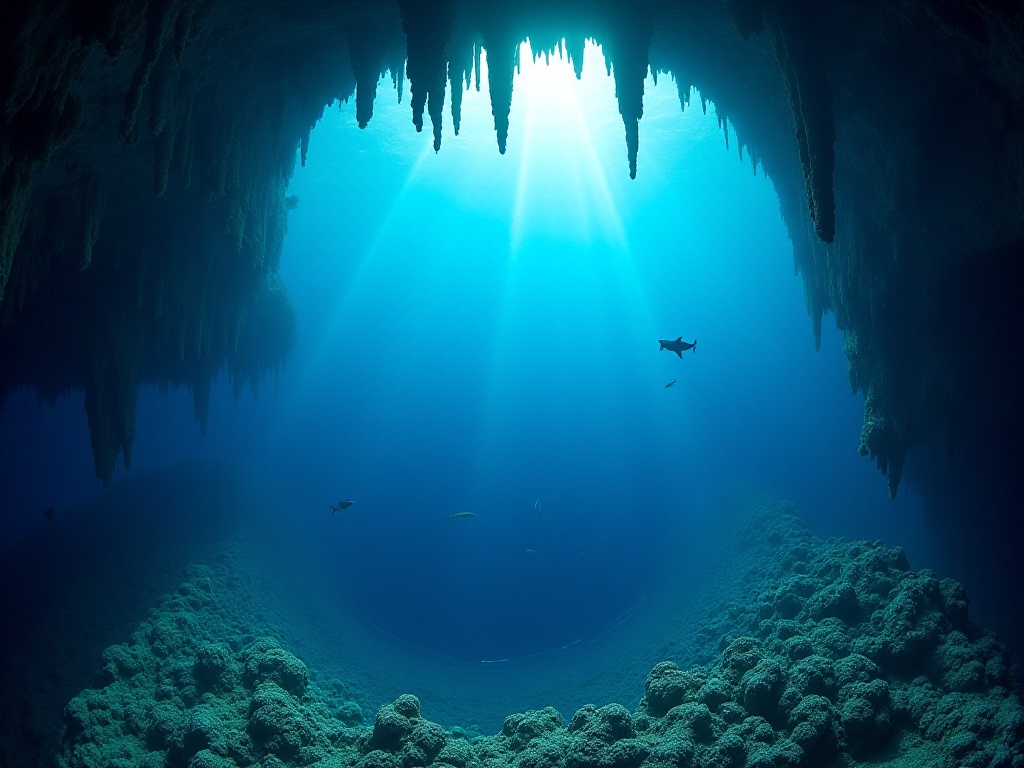
American Selection
The Shark Alley in the Cayman Islands is absolutely a thrill-seeker's paradise! The Caribbean reef sharks here are like permanent residents of this underwater street - I once counted 23 at once. Though not particularly large, their elegant posture and group swimming patterns will definitely get your adrenaline pumping.
I remember being a bit nervous during my first dive at Shark Alley. But I quickly discovered these sharks are quite friendly - they'll curiously swim around you but never approach too closely. Sometimes they form a long line, creating beautiful curves in the blue water - the sight is absolutely awesome!
Belize's Great Blue Hole is another level of spectacular. This natural wonder, 300 meters in diameter and 125 meters deep, is like the Grand Canyon of the underwater world. During my first dive into the Blue Hole, I felt both excited and awed. As the depth increases, the water color gradually changes from light blue to deep navy - it feels like exploring an unknown world.
On the walls of the Blue Hole, you can see various unique stalactite formations that formed tens of thousands of years ago when this was still land. Although the variety of marine life here isn't as rich as reef areas, the feeling of exploring ancient relics will stay with you forever.
Diving here requires sufficient experience and professional equipment due to the challenging depth and complex terrain. But with proper preparation, it will definitely be an unforgettable diving experience. Especially when floating in the center of the blue hole, surrounded by deep blue - it feels like floating in space.
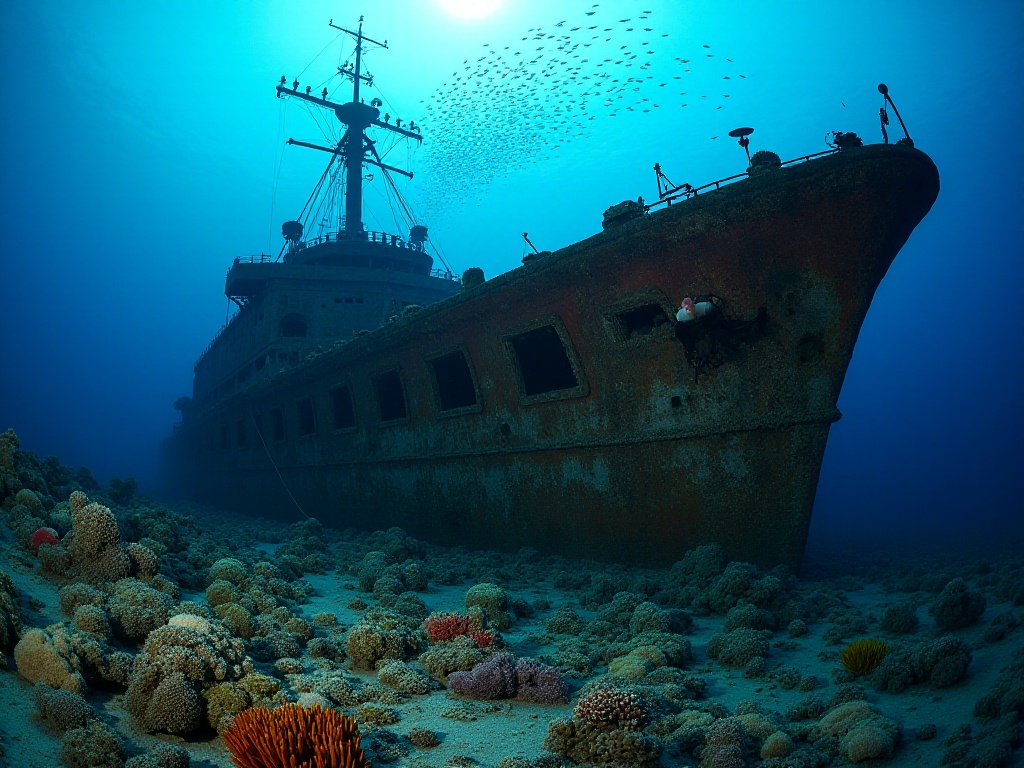
Red Sea Splendor
The SS Thistlegorm wreck in Egypt's Red Sea is truly a fascinating place. This British cargo ship, sunk during World War II, has become one of the best underwater museums. The ship is filled with WWII military supplies, from motorcycles to trucks, rifles to boots - each item tells a story from that era.
During my first dive here, I was absolutely amazed. Swimming into the cargo hold and seeing those well-preserved vintage motorcycles and trucks felt like traveling back to 1941. Schools of glassfish dart through the holds, adding a mysterious beauty to this historical site. The hull is now covered with various corals and sponges, forming a complete marine ecosystem.
The most exciting part is that you discover new details with each dive. It might be a compass hidden in a corner, a rusty rail section, or a mechanical part covered in anemones. Each detail tells part of this shipwreck's story, making you imagine its former glory.
The Red Sea has excellent visibility, consistently maintaining 20-30 meters, and comfortable water temperatures reaching 28 degrees in summer. Besides fascinating wreck diving sites, there's abundant marine life. From giant groupers to bluespotted stingrays, from sea turtles to Napoleon wrasses - you encounter different marine creatures on almost every dive.
Night diving here is equally spectacular. When darkness falls, the entire wreck becomes like a mysterious palace. Under flashlight beams, normally quiet creatures become active. Spanish dancers are particularly active at night, their brilliant forms especially eye-catching in the darkness.
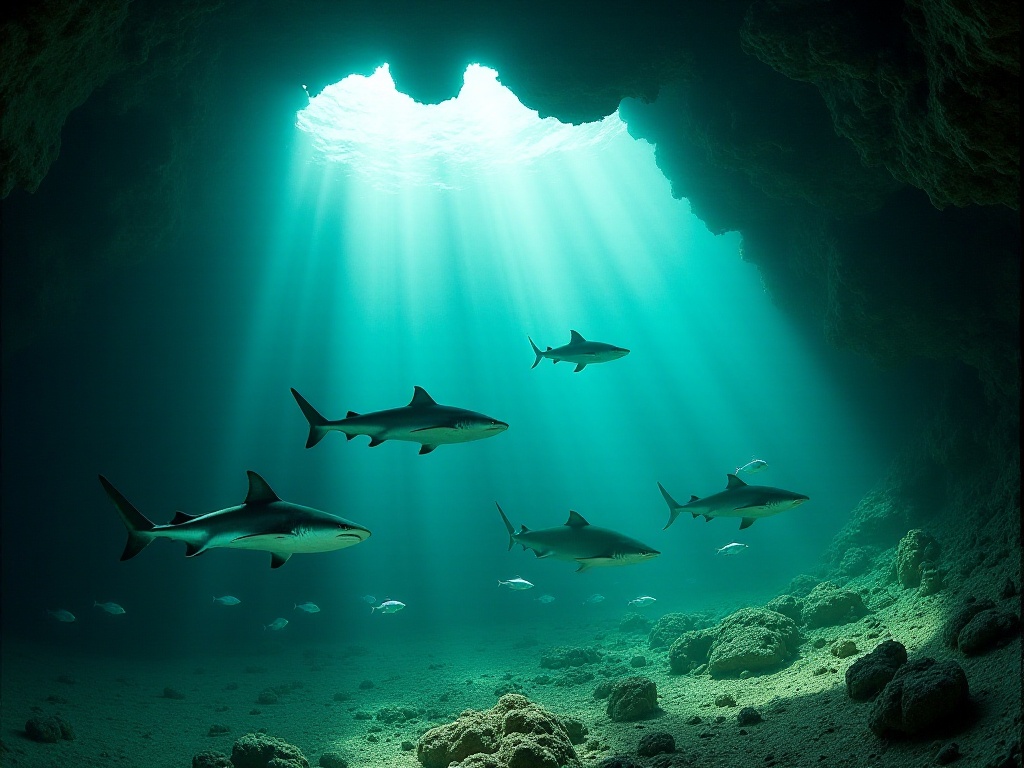
Diving Guide
As an experienced diver, I must say diving isn't a sport you can just casually jump into. It requires professional training and thorough preparation, like learning to drive - you need to progress step by step. For beginners, I strongly recommend starting at places like the Great Barrier Reef. It has various types of dive sites, from shallow to deep water, and excellent rescue systems, making it ideal for learning.
When choosing dive sites, you must decide based on your skill level. Like my first time at the Great Barrier Reef, I chose locations with gentle currents and good visibility. Only with accumulated experience should you gradually try more challenging sites. It's like leveling up in a game - haste makes waste.
Seasonal timing is really important. For example, the best time to dive in the Maldives is November to April, when the sea is calm, visibility is best, and you're likely to see manta rays and whale sharks. I learned this the hard way once, going without checking the season and encountering monsoon season - the rough seas and poor visibility really affected the experience.
Equipment choice is also crucial. Although many dive centers offer rental services, I recommend at least having your own mask, snorkel, and dive computer. It's like your toothbrush - most comfortable when it's your own. Especially the mask - a well-fitting mask can significantly enhance your diving experience.
Safety always comes first. Always check your equipment before diving, understand local weather and sea conditions, and emergency rescue procedures. Like wearing a seatbelt while driving, these preparations may seem tedious but could save your life when needed.

Conclusion
Writing this makes my heart restless again. The ocean is like a magical treasure chest, revealing new surprises each time you open it. From Australia's Great Barrier Reef to Egypt's Red Sea, from the Maldives' atolls to Belize's Blue Hole, each dive site has its unique charm.
I remember my first diving instructor saying: "The ocean never disappoints those who treat it sincerely." I still firmly believe this. Each dive is like having a deep conversation with the ocean, and each conversation increases my awe and love for this blue planet.
After reading this article, which dive site would you most like to experience? Do you want to see whitetip sharks at the Great Barrier Reef, experience the magic of night diving in the Maldives, or explore the historic shipwreck in the Red Sea? Whichever you choose, I believe the ocean will give you an unforgettable adventure. Looking forward to unexpectedly meeting you in some corner of the ocean!


